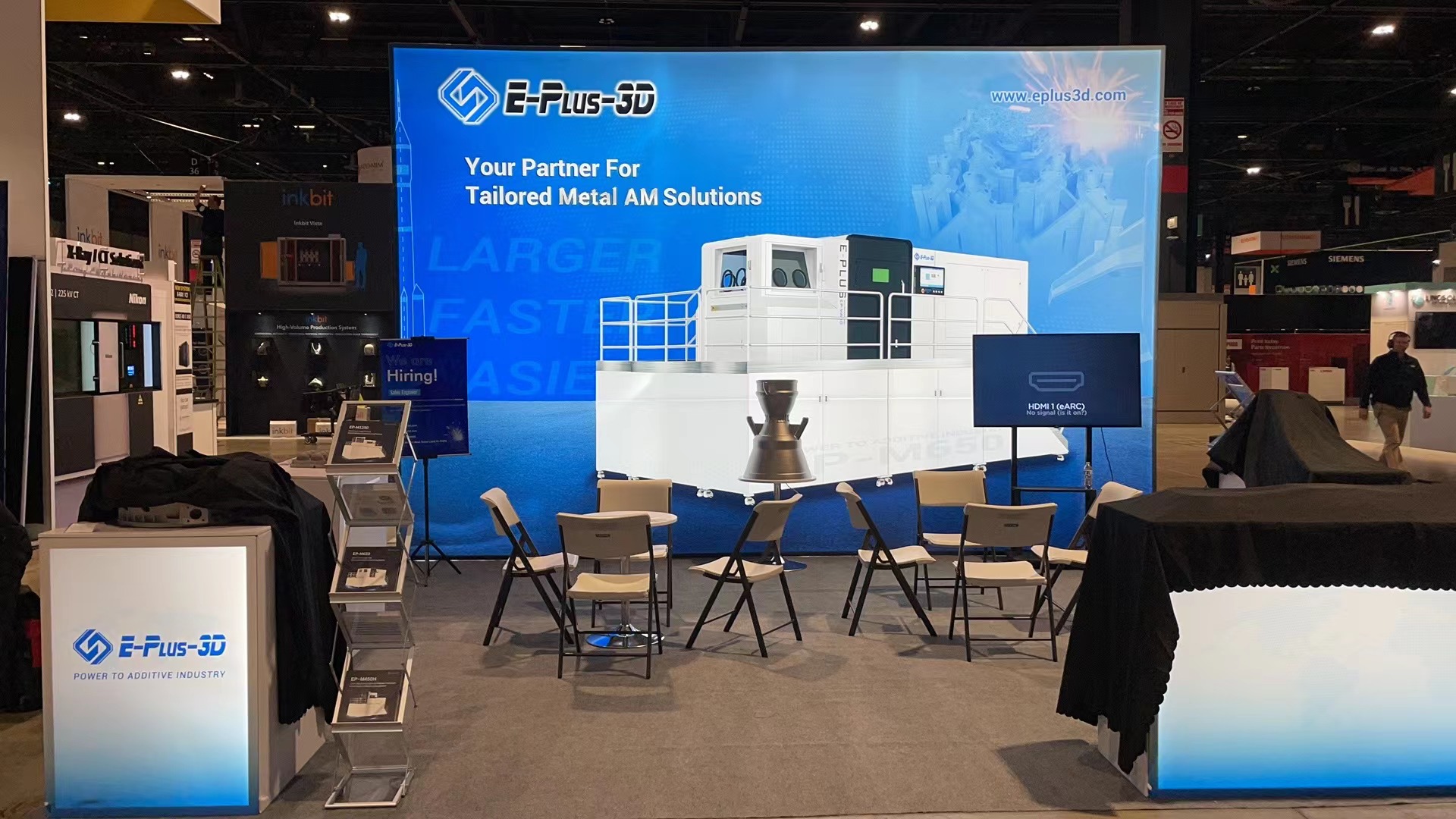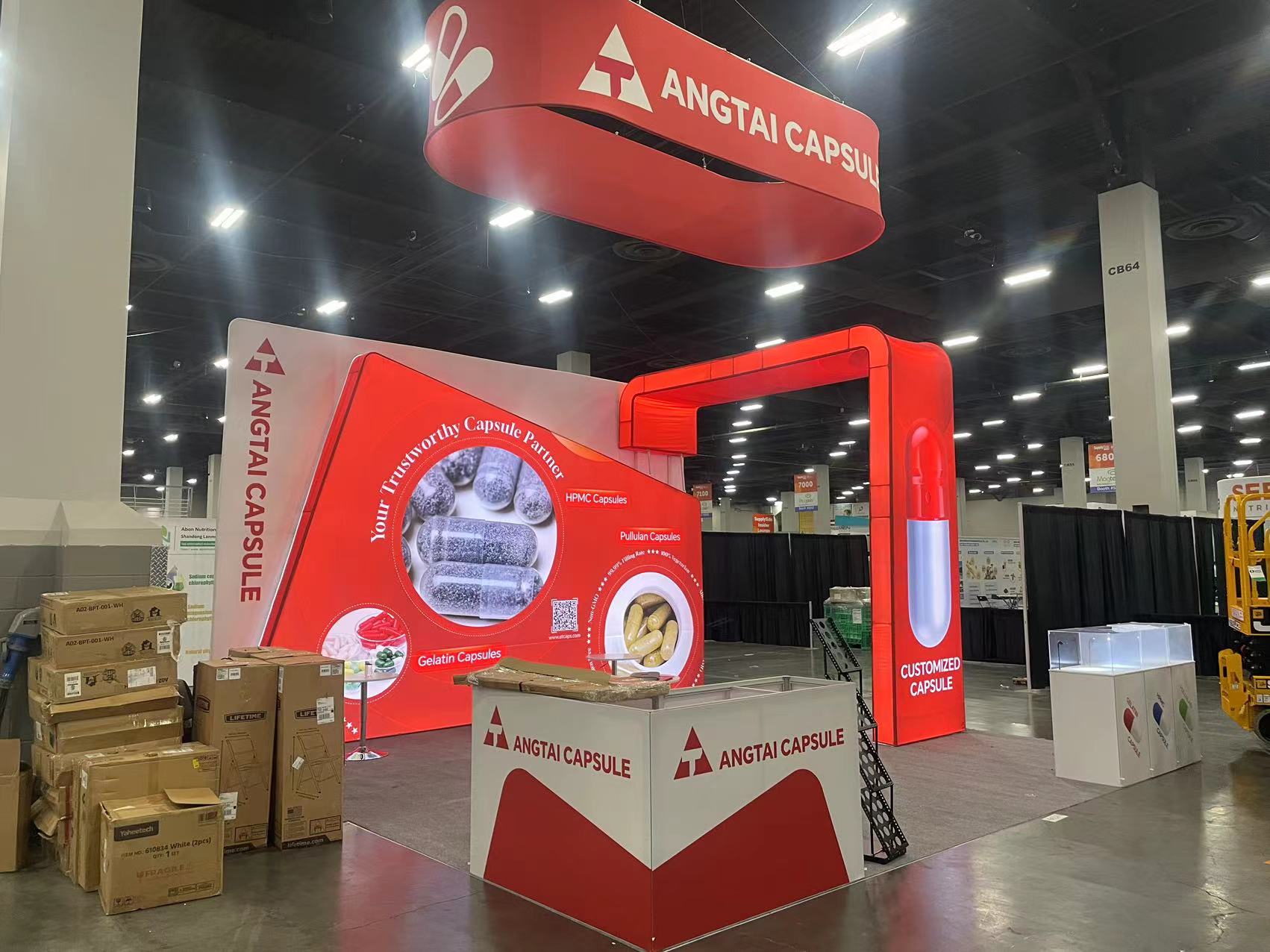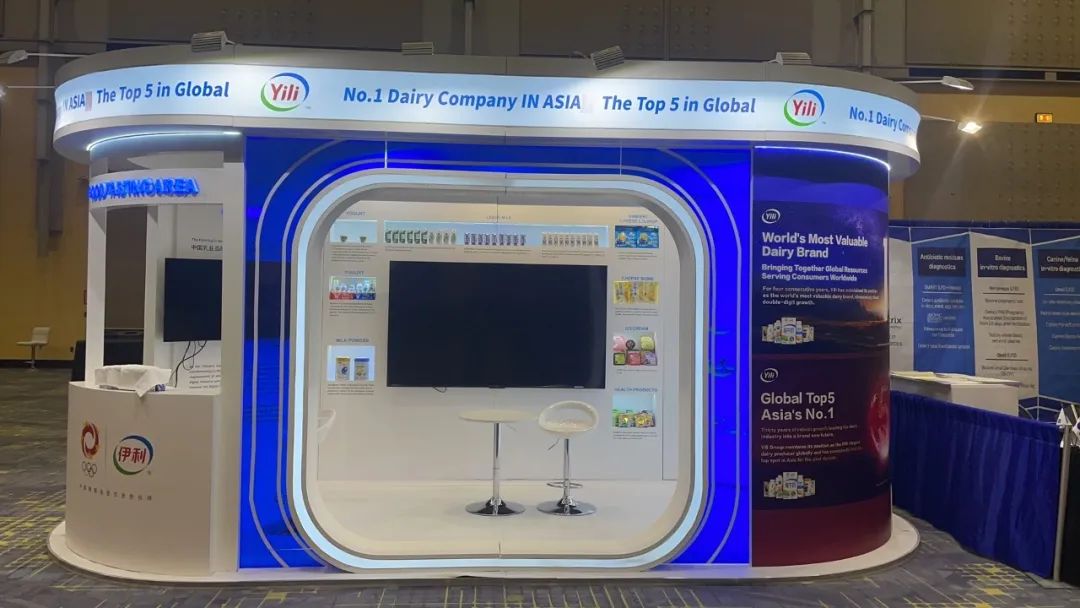Key Considerations for Exhibition Booth Inspection and Acceptance in Japan
Hosting a successful exhibition in Japan requires meticulous attention to booth design, safety, and compliance. As the final step before opening, booth inspection and acceptance are critical to ensure a seamless experience. Here’s a comprehensive guide to navigating this process effectively.

1. Compliance with Local Regulations and Safety Standards
Japan enforces strict safety and construction regulations for exhibitions. Ensure your booth adheres to:
JIS (Japanese Industrial Standards), particularly those related to electrical systems (e.g., JIS C 0364-7-711 for exhibition venues).
Fire safety protocols, including flame-retardant materials and accessible emergency exits.
Local venue rules, such as height restrictions and load-bearing limits for structures.
2. Structural Integrity and Material Safety
Inspect the booth’s structural stability and material quality:
Verify that load-bearing components (e.g., frames, panels) are securely anchored and free from defects.
Use eco-friendly, non-toxic materials to align with Japan’s sustainability trends.
Check for sharp edges or protruding elements that could pose safety risks to visitors.
3. Technical Systems and Functionality Testing
Ensure all technical installations operate flawlessly:
Test electrical systems, including wiring, lighting, and AV equipment, for short circuits or overheating.
Confirm network connectivity and digital interfaces (e.g., touchscreens) function smoothly.
Validate HVAC systems if the booth includes temperature-sensitive displays.
4. Visitor Flow and Accessibility
Optimize the booth layout for accessibility and engagement:
Ensure pathways comply with Japan’s accessibility guidelines (e.g., wheelchair-friendly spacing).
Avoid overcrowding by maintaining open sightlines and logical navigation routes.
Test interactive elements (e.g., product demos) under simulated crowd conditions.
5. Documentation and Final Walkthrough
Complete a systematic review with stakeholders:
Cross-check the booth against approved design blueprints and 3D renderings.
Confirm all contractual deliverables (e.g., branding, signage) are implemented accurately.
Document defects (e.g., paint chips, misaligned panels) and agree on a resolution timeline.
6. Post-Inspection Preparations
Plan for contingencies and post-event requirements:
Train onsite staff to handle technical issues or emergencies during the exhibition.
Review the teardown plan, including material recycling and waste disposal protocols.
A thorough booth inspection in Japan demands a blend of regulatory compliance, technical precision, and visitor-centric design. By addressing these factors proactively, exhibitors can minimize risks, enhance brand credibility, and maximize ROI. Partnering with local experts and leveraging Japan’s advanced exhibition infrastructure further ensures a standout presence at your next event.




